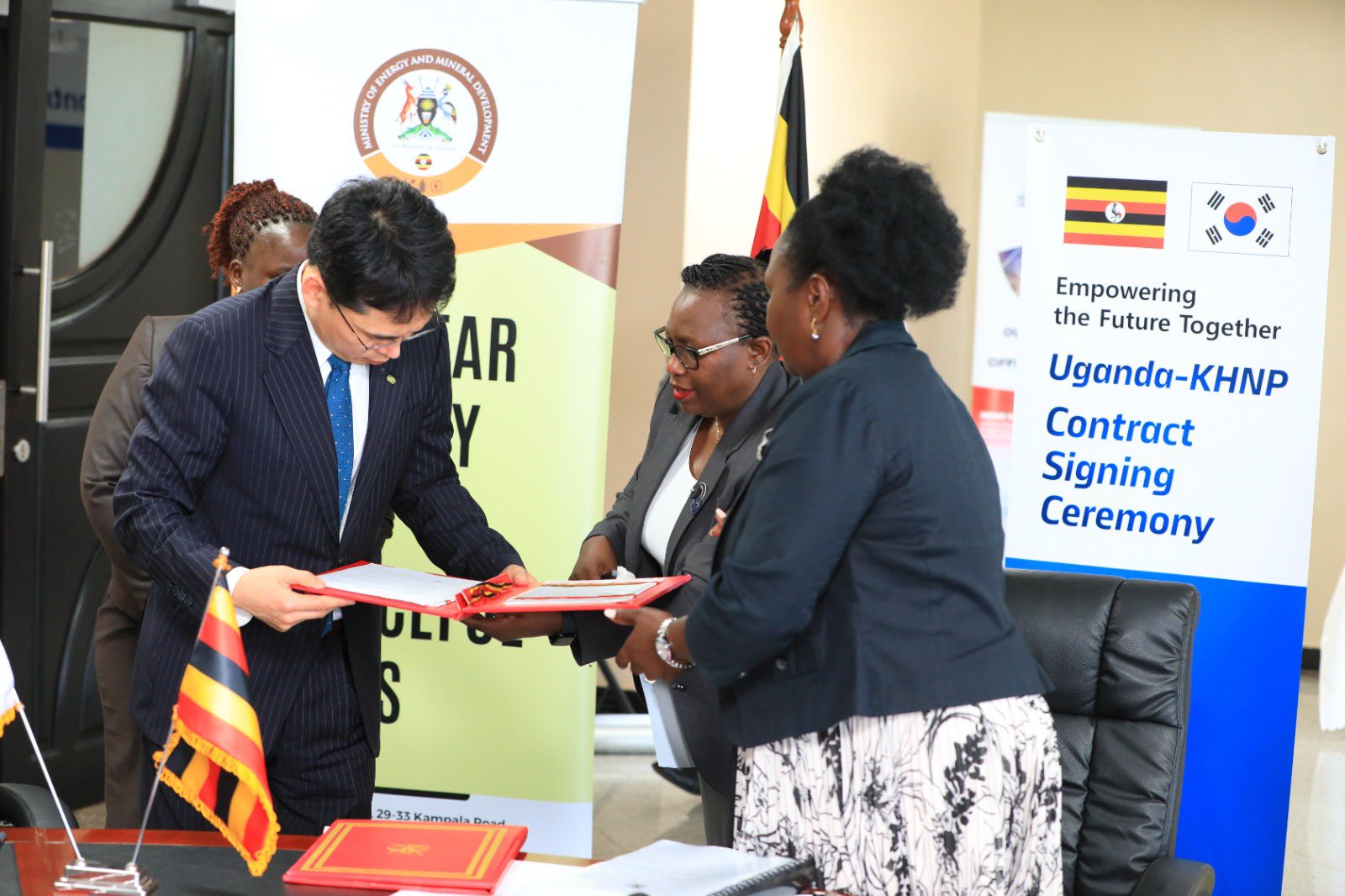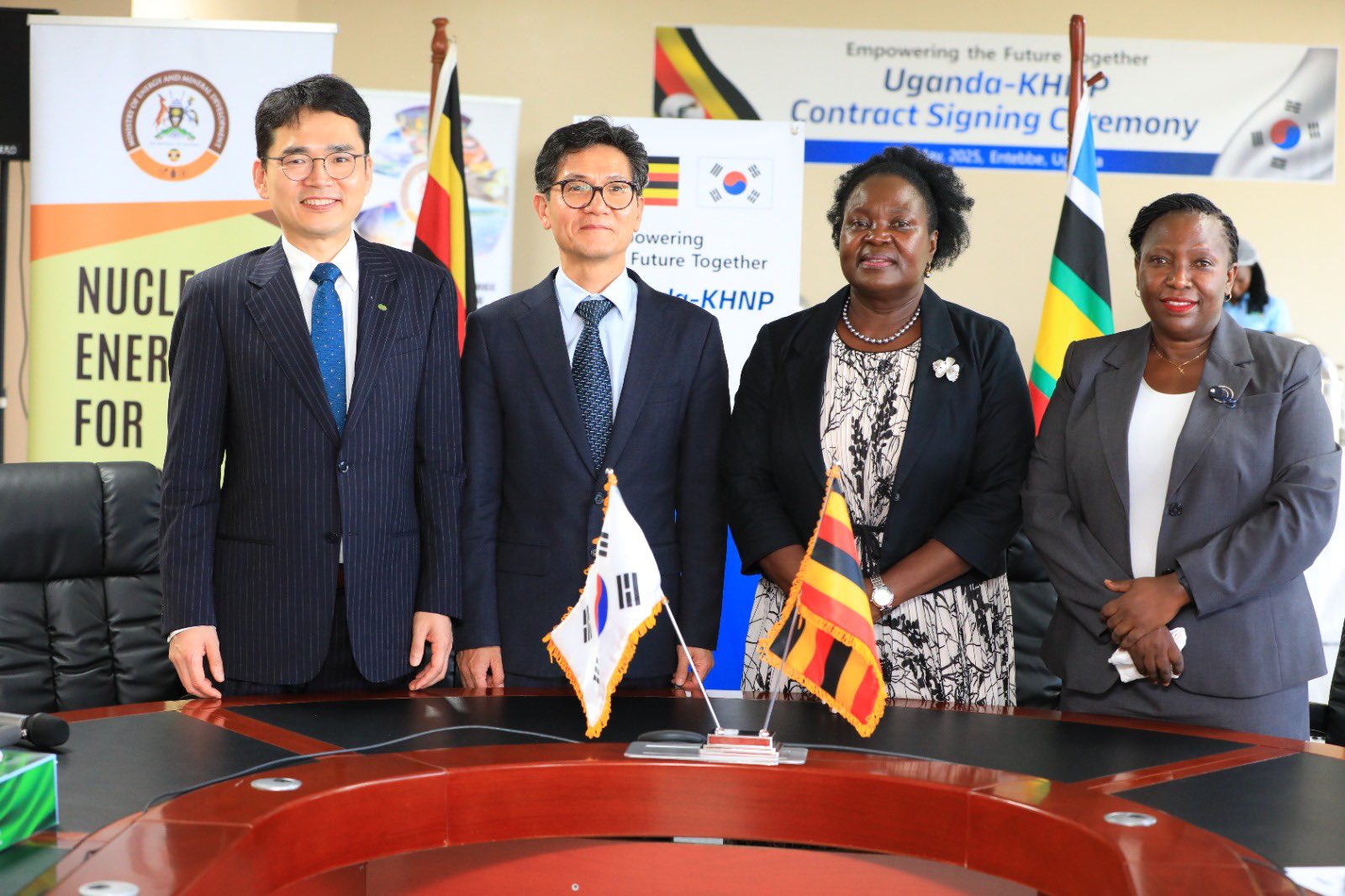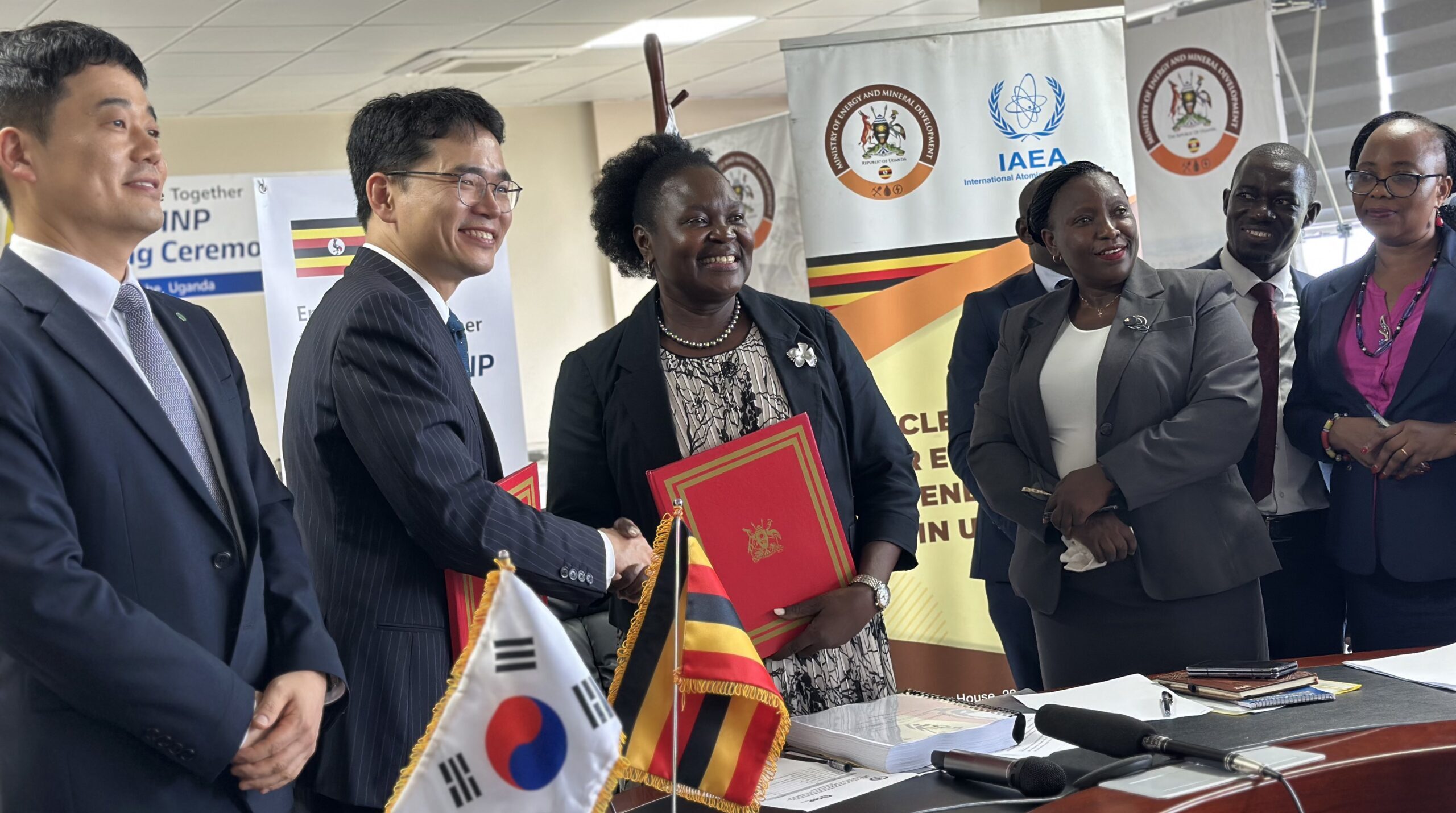Uganda is charting a bold new course in its quest for energy security, announcing plans to establish the Buyende Nuclear Power Plant—a project that promises to deliver an initial 1,000 megawatts (MW) of electricity by 2031. The announcement, made by the Minister of Energy and Mineral Development, signals a transformative leap for the country, potentially positioning Uganda as a regional leader in nuclear technology and sustainable development.

A Visionary Leap Toward Energy Independence
Located atop Kasaato Hill in Buyanja Sub-county, Buyende District—about 150 kilometers north of Kampala—the Buyende Nuclear Power Plant will occupy a sprawling 5.8 square kilometers. The site, carefully chosen for its geological stability and strategic location, is set to become the cornerstone of Uganda’s energy future. The government has entrusted Currie Consultants Limited (CCL) with the critical task of overseeing the Resettlement Action Plan (RAP), ensuring that affected communities are relocated and compensated fairly, while environmental and social safeguards are upheld.
Phased Development and Strategic Partnerships
The project’s ambitious timeline envisions the first phase—delivering 1,000 MW—to be operational by 2031. Subsequent phases aim to scale up capacity to 2,000 MW and, ultimately, as much as 8,400 MW, making Buyende a linchpin in Uganda’s long-term energy strategy. The total investment for the initial phase is estimated at around $9 billion, a testament to Uganda’s commitment to energy self-sufficiency.

To bring this vision to life, Uganda has forged strategic partnerships with global leaders in nuclear technology. Notably, in May 2025, the government signed a site evaluation agreement with Korea Hydro & Nuclear Power Co., Ltd (KHNP), paving the way for technical collaboration and knowledge transfer. These partnerships are crucial for building domestic expertise and ensuring the safe, efficient operation of the plant.
Beyond Electricity: A Catalyst for National Development
The Buyende project is about more than just generating electricity. The government emphasizes the peaceful use of nuclear science and technology, with applications extending to healthcare, agriculture, industry, and water management. President Yoweri Museveni has highlighted Uganda’s abundant uranium reserves as a strategic asset, underscoring the country’s determination to harness its natural resources for national development.
With Uganda’s energy demand projected to surpass 40,000 MW in the coming decades, the diversification of the energy mix is not just desirable—it is essential. Hydro, biomass, and geothermal sources, while valuable, will not suffice to meet the country’s industrial and population growth. Nuclear power, with its capacity for large-scale, reliable, and low-carbon electricity generation, is seen as a game-changer.
Addressing Challenges and Building Trust
The path to nuclear power is not without challenges. Public concerns about safety, environmental impact, and nuclear waste management are being addressed through rigorous feasibility studies, transparent community engagement, and adherence to international safety standards. The government’s proactive approach to resettlement and compensation has helped build trust among local communities, while robust regulatory frameworks are being developed to ensure the highest levels of safety and accountability.
A Beacon for East Africa
As the Buyende Nuclear Power Plant moves from vision to reality, it stands as a beacon of progress for Uganda and the wider East African region. By 2031, the plant’s initial 1,000 MW output will not only bolster Uganda’s energy grid but also serve as a model for other African nations seeking to harness nuclear technology for sustainable development.
In conclusion, the Buyende Nuclear Power Plant represents a visionary leap toward energy independence, economic transformation, and regional leadership. Its success will depend on continued investment, international collaboration, and the unwavering commitment of the Ugandan people and government to a brighter, more electrified future.

